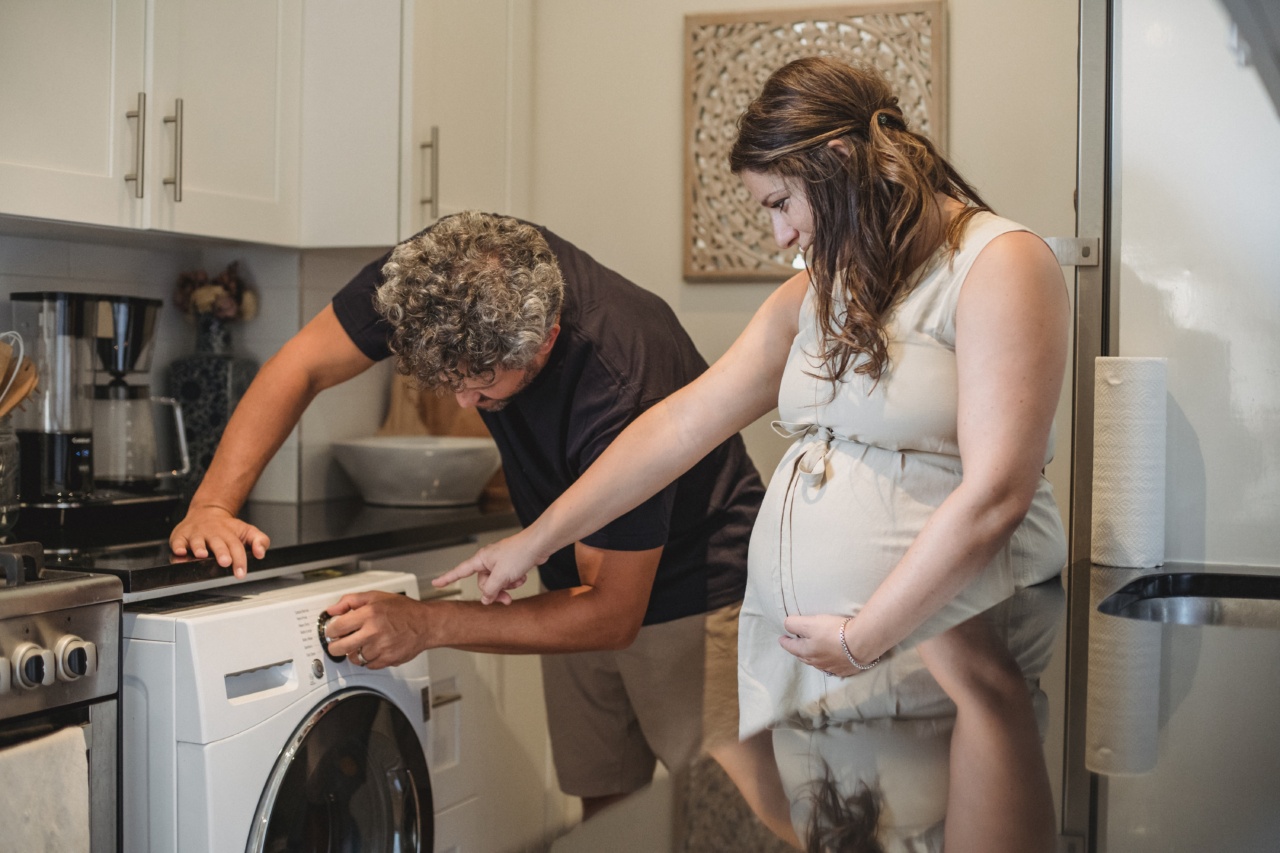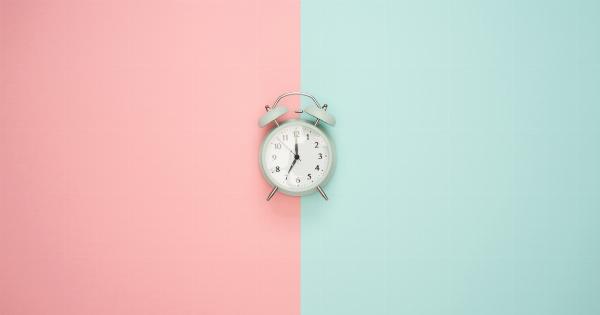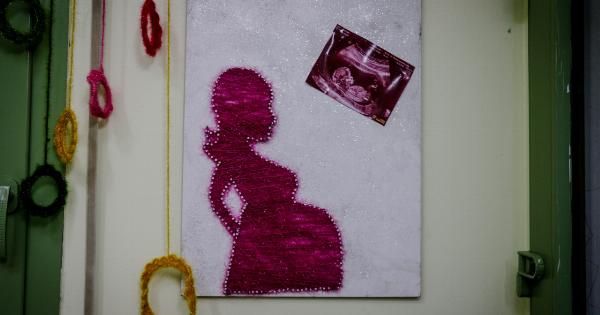Many individuals have questions about the timing of pregnancy and how long after ejaculation it can occur.
While the process of conception may seem straightforward, there are various factors that can influence the timeframe in which pregnancy can happen. In this article, we will delve into the topic in detail and provide you with accurate information to help you understand the timeline of conception and pregnancy.
The Journey of Sperm: A Brief Overview
Before discussing the time it takes for pregnancy to occur after ejaculation, it is essential to understand the journey of sperm. Upon ejaculation, the semen containing sperm is released into the vagina.
From here, the sperm go through the cervix and onward to the uterus. Following this, they travel to the fallopian tubes, where fertilization of the egg typically occurs.
The Lifespan of Sperm: How Long Do They Last?
One of the key factors influencing the timeframe for pregnancy after ejaculation is the lifespan of sperm. On average, sperm can survive and remain active within the female reproductive system for up to 5 days.
However, this duration can vary depending on several factors, such as the quality of the sperm, the environment within the reproductive tract, and the presence of fertile cervical mucus.
Fertility Window: When Can Pregnancy Occur?
The fertility window refers to the period during which the chances of pregnancy are highest. For individuals with a regular menstrual cycle of 28 days, this window usually occurs around day 10 to day 17.
However, it is important to note that every person’s menstrual cycle differs, and determining the exact fertility window requires careful monitoring.
Ovulation: The Key to Pregnancy
Ovulation is a crucial process for pregnancy to occur. It involves the release of a mature egg from one of the ovaries. The egg can survive for around 24 hours after being released. If fertilized by sperm during this timeframe, it may result in pregnancy.
While sperm can survive longer, the egg’s lifespan is relatively short, emphasizing the significance of timing.
Conception and Implantation: The Final Steps
After fertilization, the fertilized egg travels down the fallopian tube and reaches the uterus within a few days. It then implants itself into the uterine lining, starting the process of pregnancy.
Implantation typically occurs around 6-12 days after ovulation.
Factors Influencing the Timing
Several factors can affect the timing of pregnancy after ejaculation. These include:.
1. Sperm Quality: Higher-quality sperm are more likely to reach the egg successfully, reducing the time for fertilization.
2. Timing of Intercourse: Engaging in sexual activity closer to ovulation increases the likelihood of pregnancy as the egg is readily available for fertilization.
3. Menstrual Cycle Length: People with shorter cycles have a shorter fertility window, potentially reducing the time for pregnancy.
4. Hormonal Changes: Hormonal imbalances or irregularities can affect ovulation timing and alter the chances of pregnancy.
Factors Affecting Sperm Survival
In addition to the factors influencing the timing of pregnancy, there are several factors that can affect the survival of sperm:.
1. Cervical Mucus: Fertile cervical mucus provides a conducive environment for sperm survival and mobility, increasing the chances of pregnancy.
2. Vaginal pH: An optimal vaginal pH is essential for the survival and function of sperm. Imbalances in pH levels can impact sperm viability.
3. Lifestyle Factors: Poor lifestyle choices, such as smoking, excessive alcohol consumption, or drug use, can negatively impact sperm quality and survival.
Methods to Track Ovulation
Tracking ovulation can help individuals maximize their chances of getting pregnant. Here are some popular methods:.
1. Calendar Method: This method involves tracking your menstrual cycle over several months to predict the approximate time of ovulation.
2. Basal Body Temperature: Using a special thermometer, you can track your basal body temperature each morning to identify the slight rise that occurs after ovulation.
3. Ovulation Predictor Kits: Ovulation predictor kits detect luteinizing hormone (LH) surges, which occur 24-48 hours before ovulation.
4. Cervical Mucus Observation: Tracking changes in cervical mucus can help determine the fertile period, as it becomes clearer, stretchy, and more slippery during ovulation.
Conclusion:
Understanding the timing of pregnancy after ejaculation is crucial for individuals trying to conceive or seeking effective contraception.
While sperm can survive for up to 5 days, the egg’s lifespan is relatively short, requiring precise timing for fertilization. Factors like sperm and egg quality, timing of intercourse, hormonal changes, and various environmental factors influence the likelihood and timing of pregnancy.
By understanding your menstrual cycle and tracking ovulation, you can increase your chances of conceiving or effectively avoiding pregnancy.






























